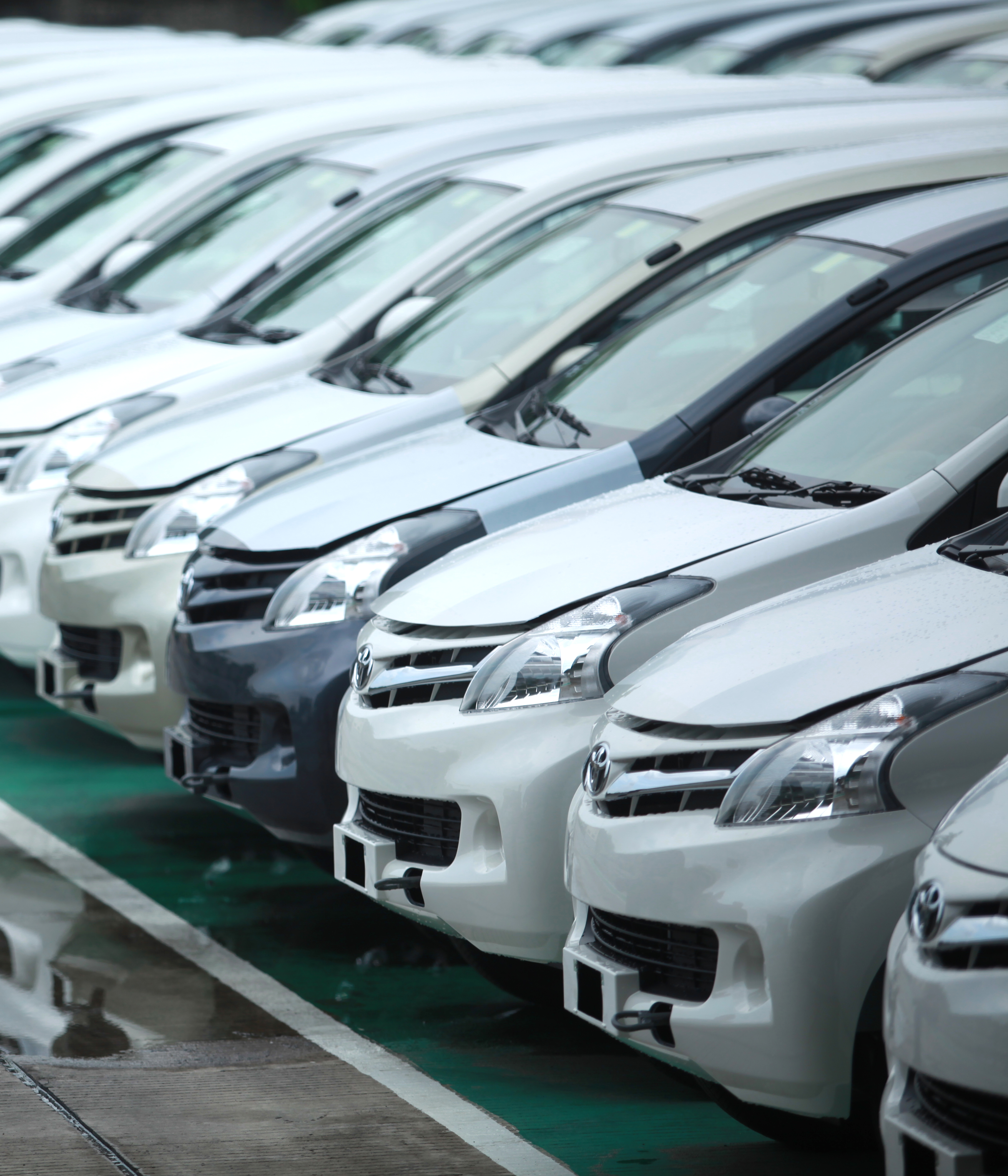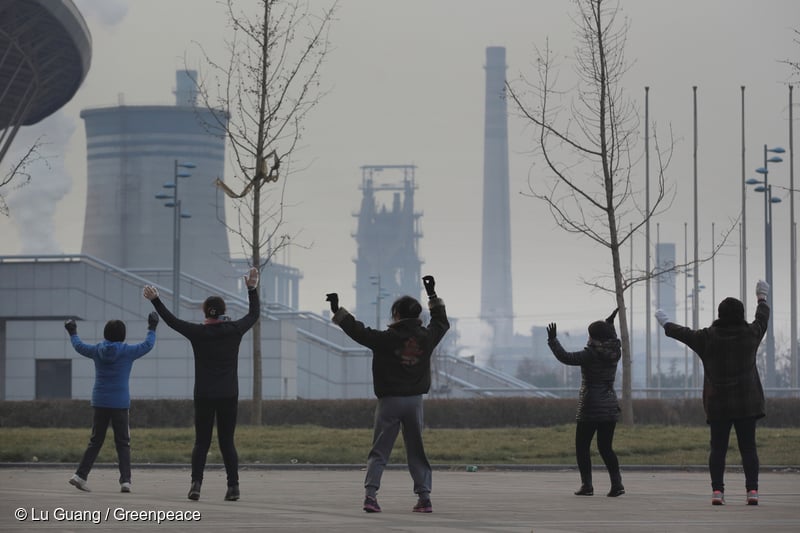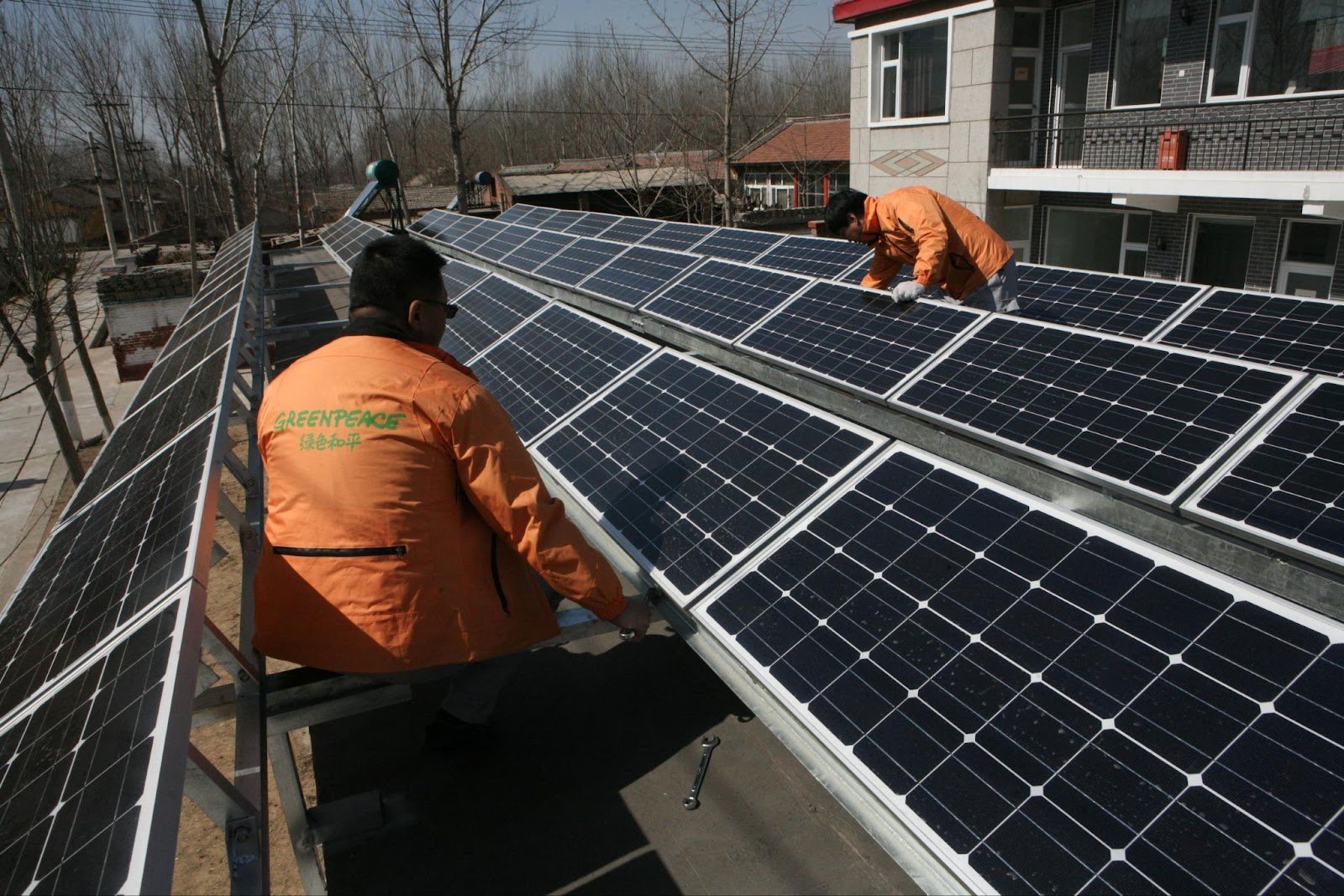Beijing, 17 January, 2017 – Analysis of rates of air quality improvement from 366 cities across China shows that 270 cities, or 74%, fail to meet China’s national air quality standards. Greenpeace East Asia and the Shanghai Qingyue Environmental Protection Center [1] urge city governments across the country to ensure that timelines to meet the national standards are in place, as required by China’s Air Pollution Prevention and Control Law.[2] In addition, the central government should accelerate China’s economic transition away from reliance on coal-burning heavy industry, the principal source of air pollution.
“At the current rate of improvement red alerts and airpocalypses will remain a feature of many Chinese citizens’ lives for some time to come,” said Greenpeace East Asia climate and energy campaigner Dong Liansai.
“Local governments must speed up the rate of progress in the fight against air pollution by ensuring timelines to meet the national air quality standards are in place and adhered to.”
277 cities saw average annual PM2.5 concentration fall compared to 2015, while concentrations rose in 89 cities. The average fall in PM2.5 concentrations for all 366 cities was 7.1%.[3]
The average rate of PM2.5 concentration decline in the 74 cities for which information is available from 2013 to 2016 was about 12%. The total fall in Beijing’s PM2.5 levels from 2013-16 was 19%, with an annual average rate of decline of 6.6%. At this rate, the city will meet the national standard for PM2.5 concentration in 2027, and will meet the WHO standard in 2046.Shanghai is predicted to meet the national standard in 2019, while Guangzhou is predicted to meet it this year.
However, there are concerns that the latter half of 2016 saw slowing progress in the Beijing-Tianjin-Hebei region.[4] In Beijing, average PM2.5 concentrations in October 2016 were higher than in 2015, while December was the second worst on record.[5]
The coal-burning industrial hubs of Hebei, Shandong and Henan to the south of Beijing are the primary sources of Beijing’s air pollution. An uptick in industrial production in these areas, triggered by a March government stimulus package [6], is slowing down the region’s progress on air pollution and is principal source of the smog episodes which have hit the area this winter.
“In the longer term, the government needs to put much greater efforts into transitioning China’s economy away from reliance on polluting heavy industries,” said Dong Liansai.
Greenpeace and the Qingyue Environmental Protection Center urges the governments of the 270 cities which do not meet the air quality national standard to release timetables for meeting the standard, in accordance with the law. Authorities also need to ensure that heavy industry are conforming to emissions standards. In the longer term, China must push forward the economic transition to a cleaner economy.
Notes to Editor:
[1] 上海闵行区青悦环保信息技术服务中心 http://www.epmap.org/ngo
[2] http://www.gov.cn/zhengce/2015-08/30/content_2922326.htm
[3] Full data set available on demand
[4] http://www.greenpeace.org/eastasia/press/releases/climate-energy/2016/Beijings-first-air-pollution-red-alert-of-2016-coal-burning-the-culprit—Greenpeace/
[5] http://www.reuters.com/article/us-china-pollution-idUSKBN13A028
[6] http://www.marketwatch.com/story/chinas-q2-gdp-stays-steady-thanks-to-record-stimulus-2016-07-14
Media Contacts:
Anna McGurk, Communications Officer, Greenpeace East Asia, email: [email protected] phone: +86 15011306609
Greenpeace International Press Desk, [email protected], phone: +31 (0) 20 718 2470 (available 24 hours)



